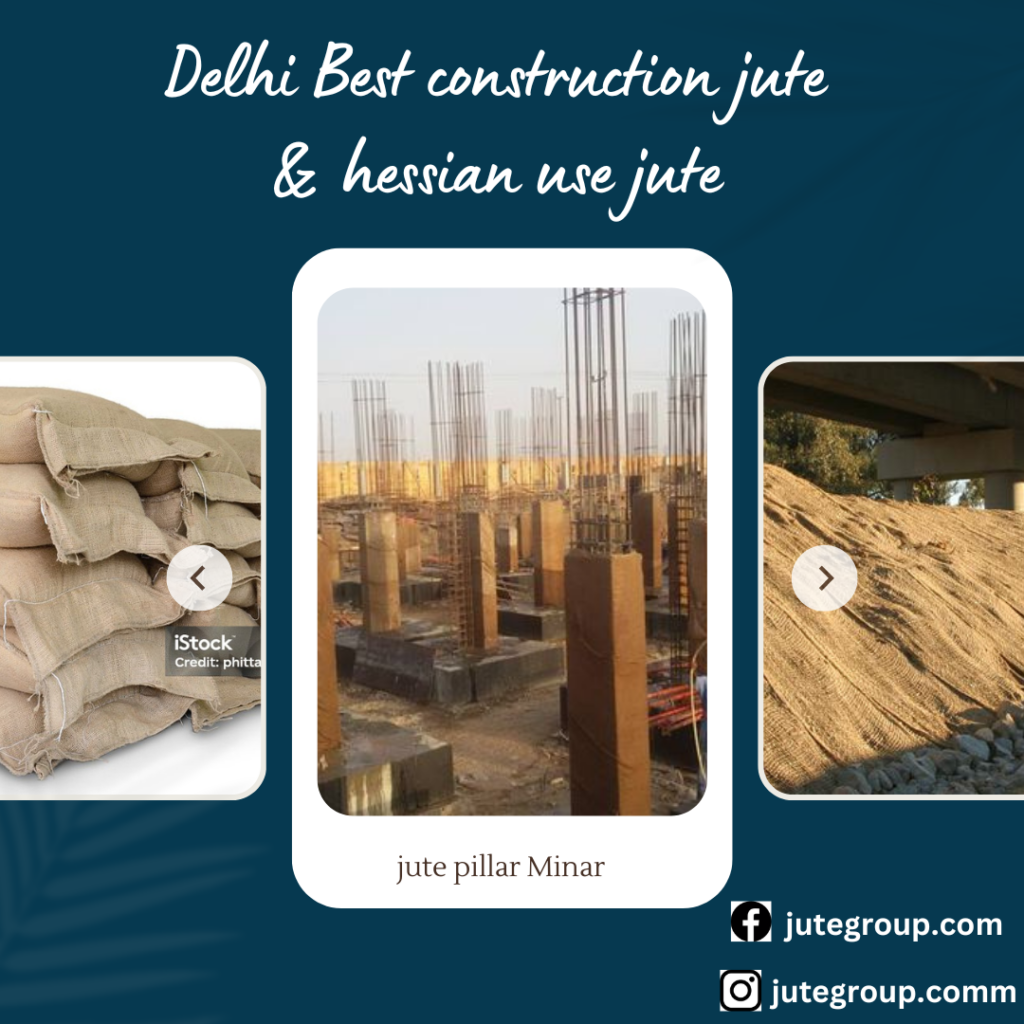Construction jute & hessian use jute
jutegroup.com providing a best jute for customer Jute is more than just a textile; it represents environmentally friendly living. Jute, one of the earth’s most sustainable materials, has several advantages that go well beyond style. Jute is a sustainable material that benefits the environment and future generations due to its biodegradability.
jutegroup providing maney more type of construction jute & hessian use jute, jute like – HESSIAN or BURLAP, SACKING JUTE, CANVAS JUTE,
Jute is a natural fiber popularly known as the golden fiber. It is one of the cheapest and the strongest of all natural fibers and considered as fiber of the future. Jute is second only to cotton in world’s production of textile fibers. is this construction jute & hessian use jute. visit website
Hessian is the popular term for jute fabric throughout mainland Europe and Australia. The word originates from a group of German soldiers in the state of Hesse. Construction jute & hessian use jute. They famously wore a uniform constructed from natural hessian and became know as ‘hessians’ The fabric itself is made from natural fibres found in the skin of the jute plant. Construction jute & hessian use jute. Because of its rough texture, hessian is mainly used to make sacks, rope, string and other rustic products. about hessian jute uses for jutegroup.com more
construction jute & hessian use jute
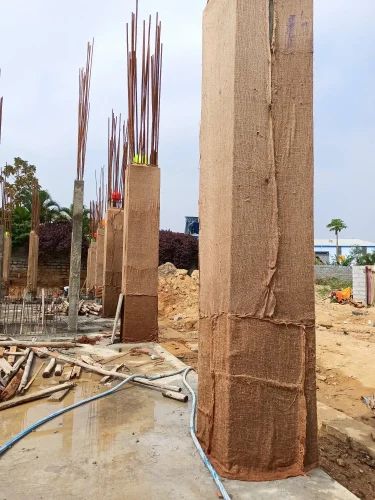
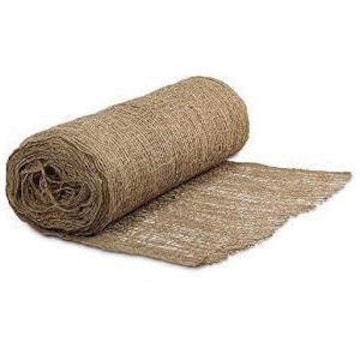
Jute isn’t just a fiber; it’s a symbol of eco-conscious living. As one of the most sustainable materials on the planet, jute offers a plethora of benefits, Benefit about jute that extend far beyond fashion. Construction jute & hessian use jute. From its biodegradability to its low environmental impact, choosing jute is a choice for the planet and future generations. Famously referred to as “gunny sacks,” hessian jute bags are quickly becoming the best option for businesses searching for strong, environmentally friendly bags. Construction jute & hessian use jute.
it can support far more weight than fabric bags because of the extraordinary strength and durability of the coarse jute cloth. Construction jute & hessian use jute. If all of this isn’t enough, the bags are sustainable, all-natural, and the best alternative if you’re looking for environmentally friendly products.
Globally, hessian jute bags are becoming more and more popular among farmers, producers, merchants, and other similar individuals. Construction jute & hessian use jute. The realization that hessian jute bags are strong and eco-friendly alternatives to their equivalents has contributed to a sharp increase in their appeal.Hessian cloth, is that Benefit about jute which is made from the skin of the golden fiber jute, has several applications.
Construction jute & hessian use jute. Hessian cloth is one of the greatest materials for nets, ropes, canvas, sacks, and bags when combined with other vegetable fibers. However, heavy items like sand can also be carried and transported in the building sector using the same hessian cloth.
Construction jute & hessian use jute. Benefit about jute These cotton bags are among the greatest and greenest options for temporary flood control when walls need to be built rapidly. Benefit about jute Due to its unique thermal properties, hessian cloth aids the construction sector in preventing materials damage from severe cold
USES:
.Road construction River .bank reinforcement .Agricultural slope .stabilization Civil .engineering Soil erosion control
. jute geo-textile (JGT) is a kind of natural technical textile laid in or on soil to improve its construction jute & hessian use jute engineering properties. JGT is made out of yarns obtained from the jute plant. Construction jute & hessian use jute.
Jute Sacks for Bulk Packaging :
- construction jute & hessian use jute The majority of sacking that is exported is in the shape of bags, which are used to hold a range of goods.
Sacking is a thick, loosely woven fabric with varying widths that weighs between 12 and 24 ounces per yard (327 and 744.1 grams per meter) and can be plain or twill. construction jute & hessian use jute Usually, inferior quality fibers are used to make the fabric.
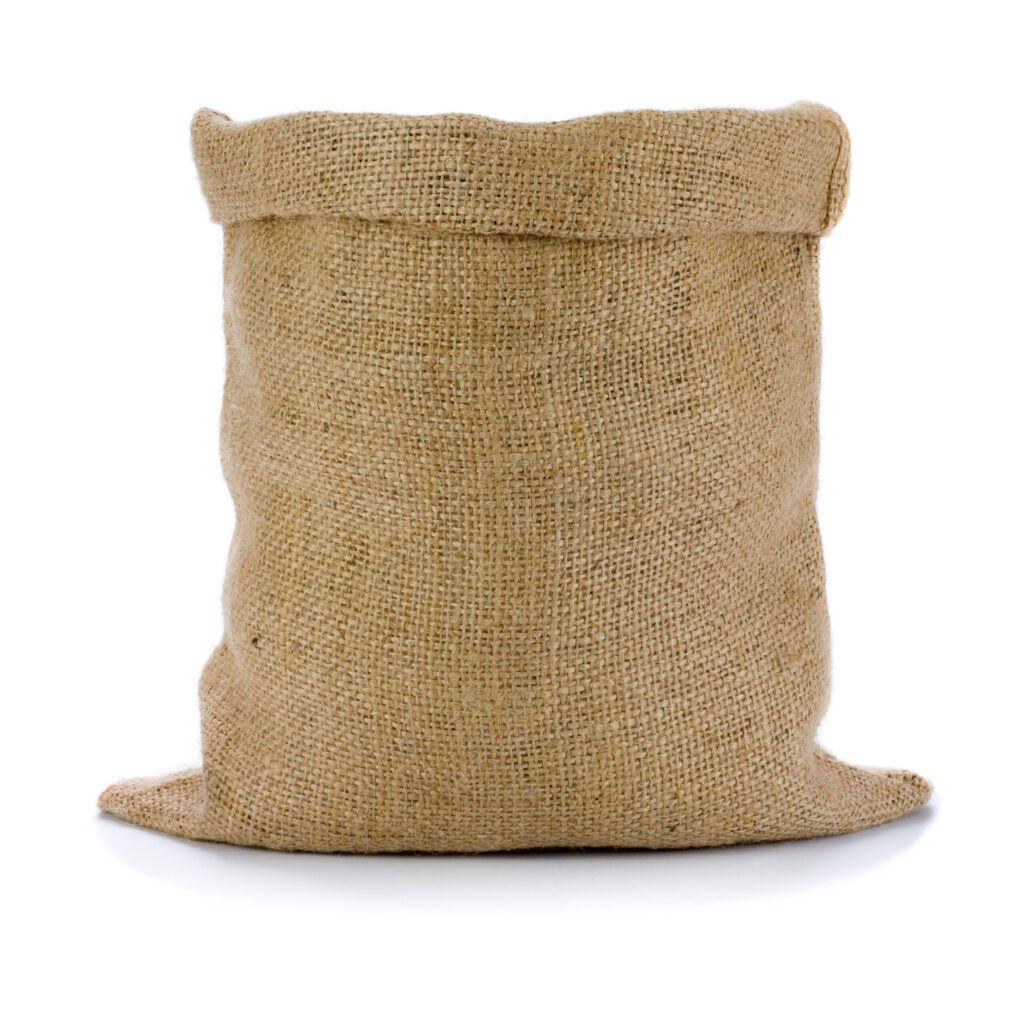
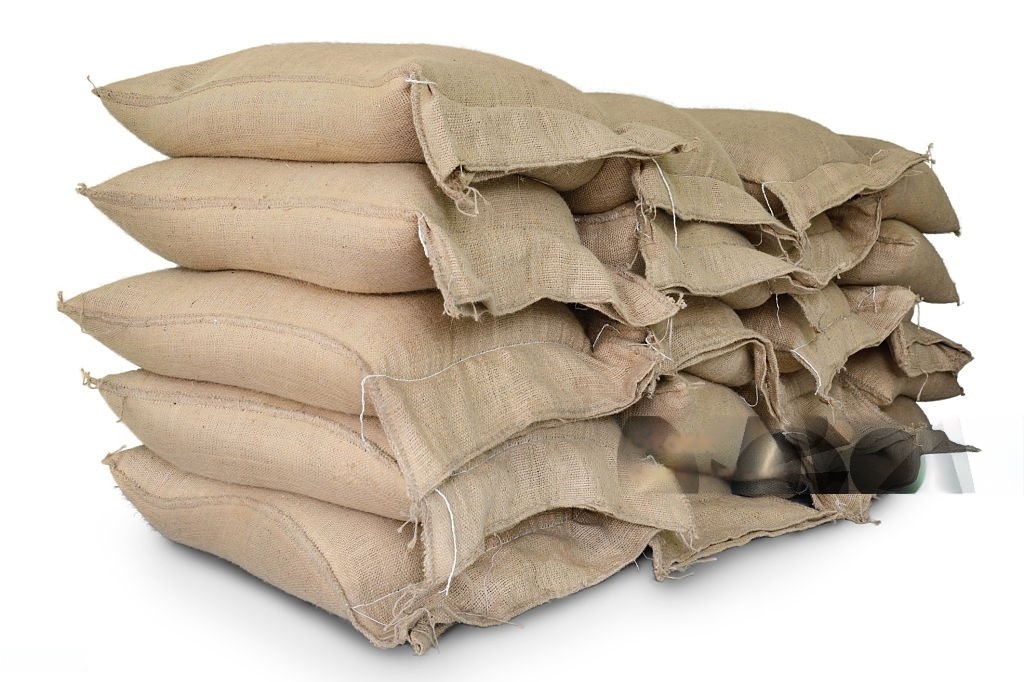
The majority of sacking that is exported is in the shape of bags, which are used to hold a range of goods.
Sacking is a thick, loosely woven fabric with varying widths that weighs between 12 and 24 ounces per yard (327 and 744.1 grams per meter) and can be plain or twill. Usually, inferior quality fibers are used to make the fabric.
- To continuously assess shifting market trends and improve our goods in line with our goal of meeting customers’ expectations for high-quality, on-time delivery
- Jute bags are being used by industries that transport bulk commodities like grains, pulses, and coffee. Because jute fibers have a high tensile strength, these sacks are both biodegradable and compostable at the end of their life cycle, making them durable enough to survive the rigors of transportation.
- Jute packing, sometimes referred to as jute sacking, burlap, or bags, is ideal for a wide range of goods up to 100 kg, including grains and pulses, potatoes, onions, almonds, coffee or cocoa beans, letter pieces, and many read more.
USES:
.To meet various packaging needs. .Linings for clothing. .Upholstery in the automobile industry. .Special Hessians are used in home furnishing, for making dress goods, .As linings for hats, belts, shoes, etc., and also for bag making.
The Indian industry produces a wide range of SPECIAL HESSIANS, including brilliant, fine, dyed, and printed Hessians; dyed scrim textiles; union fabrics made of jute and cotton as well as synthetic jute; and buckram fabrics made of jute and cotton.
The fiber is utilized in many different items, such as carpet backing, coffee bags, and bale covers. Despite the fact that you are more likely to recognize jute as woven sturdy cloth or as twine from your garden. This, incidentally, creates fantastic branded bags! Rugs, eco-friendly coffins, and chair coverings are some products made from this cloth.
In addition to these fantastic applications, the fiber is employed as a geotextile, which aids in erosion control and landslide stabilization. It functions by retaining soil in place and retaining moisture, while the open weave gives room for plant growth. After the plants have established themselves, the natural fabric will begin to break down naturally. It is being examined in the commercial papermaking business in a more experimental setting, and it appears to have the potential to begin supplementing spruce and pine fibers. follow for more.

